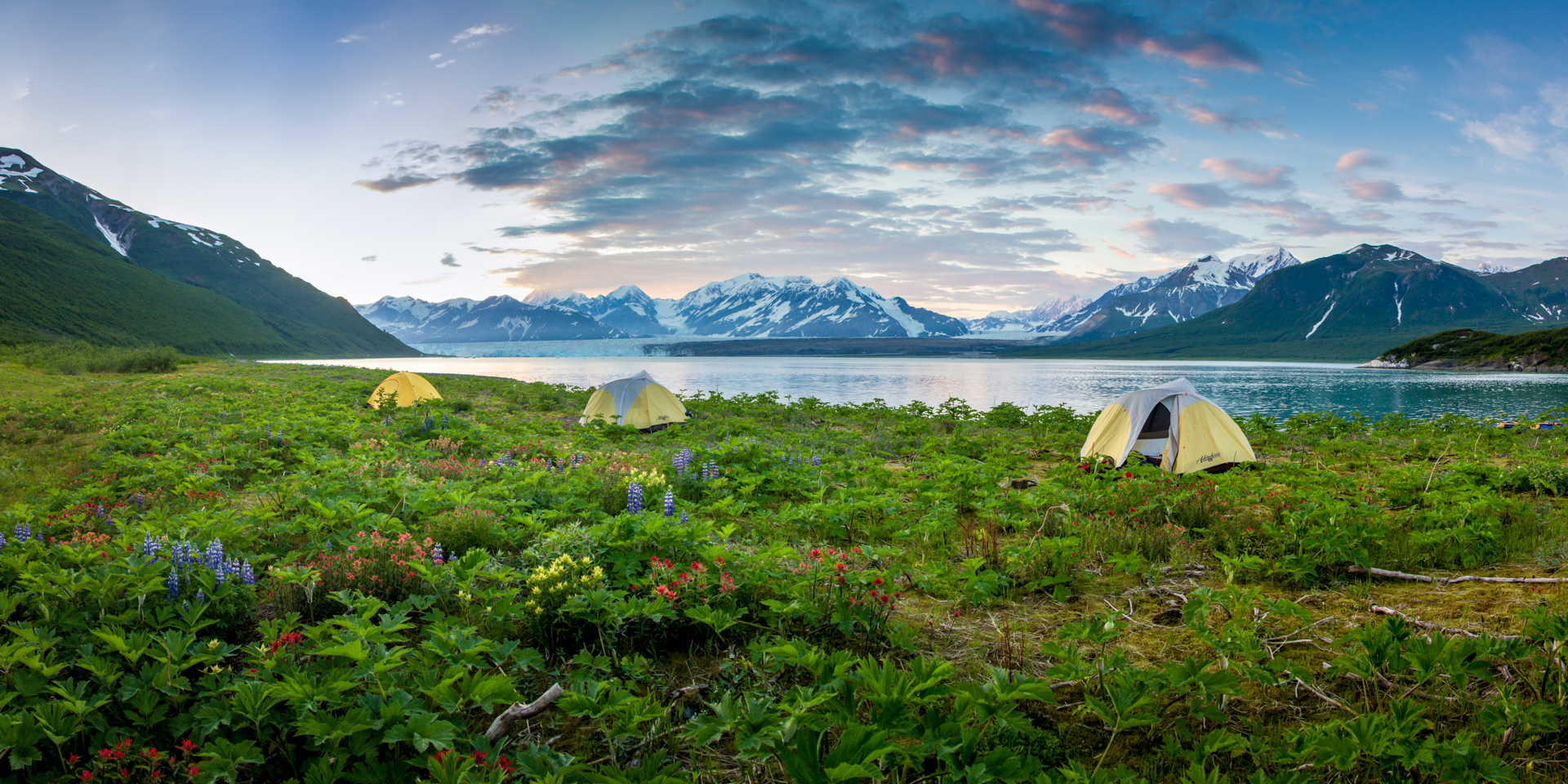One of the fathers of conservation, Aldo Leopold wrote that “To keep every cog and wheel is the first precaution of intelligent tinkering” (Leopold, 1938). I would add that a second precautionary principle should be to never throw out the instructions, either. Designated Wilderness areas are the best set of instructions we have to understanding the natural dynamics of ecosystems. They are our “anchors to windward” and the baselines by which we can compare future change and recovery. If we lose unmanipulated Wilderness, we will have lost our only instruction manual.
I first became enamored with Wilderness while guiding expeditions in Southeast Alaska where I had the chance to fly into some of the most remote places in the country. As a kid from the Midwest, the landscapes I saw left me (and still leave me) dumbfounded with awe.
I am especially interested in the philosophy and ethics behind the wilderness concept and its application. My undergraduate thesis analyzed the way the wilderness concept was imported and constructed to Alaska over the last 3 centuries.
The practical application of wilderness ethics through management and stewardship are also a primary interest of mine. Between 2010 and 2015, I worked for the Sitka Conservation Society developing a community-based stewardship and research program to augment the capacity of the Tongass National Forest Service through grants from the National Forest Foundation.
In 2010, with a small group of wilderness managers from across the country, I helped to found the National Wilderness Stewardship Alliance (I just recently served my final term on the board of directors in 2016).
I still guide regularly in Alaska for National Geographic/Mountain Travel Sobek and Spirit Walker Expeditions. And the landscapes still almost paralyze me with awe, an experience I try to share with others through photo and film.
Leopold, A. 1938. "Conservation." Published in Round River, Luna B. Leopold (ed.), Oxford University Press, 1966, p. 146-147.
Latest news
Text analysis using AI in R
Introduction Analyzing qualitative data is challenging. Such analyses are even more difficult when the topic is controversial and the results will drive important policy decisions. This post explores AI methods […]
Arctic Genes in Alaska Magazine
An article I wrote about an expedition to collect wood frogs in the Alaska Arctic is now online at Alaska Magazine. I’ve included the teaser below, but check out the […]
Web scraping and text analysis in R and GGplot2
I recently needed to learn text mining for a project at work. I generally learn more quickly with a real-world project. So, I turned to a topic I love: Wilderness, […]


















